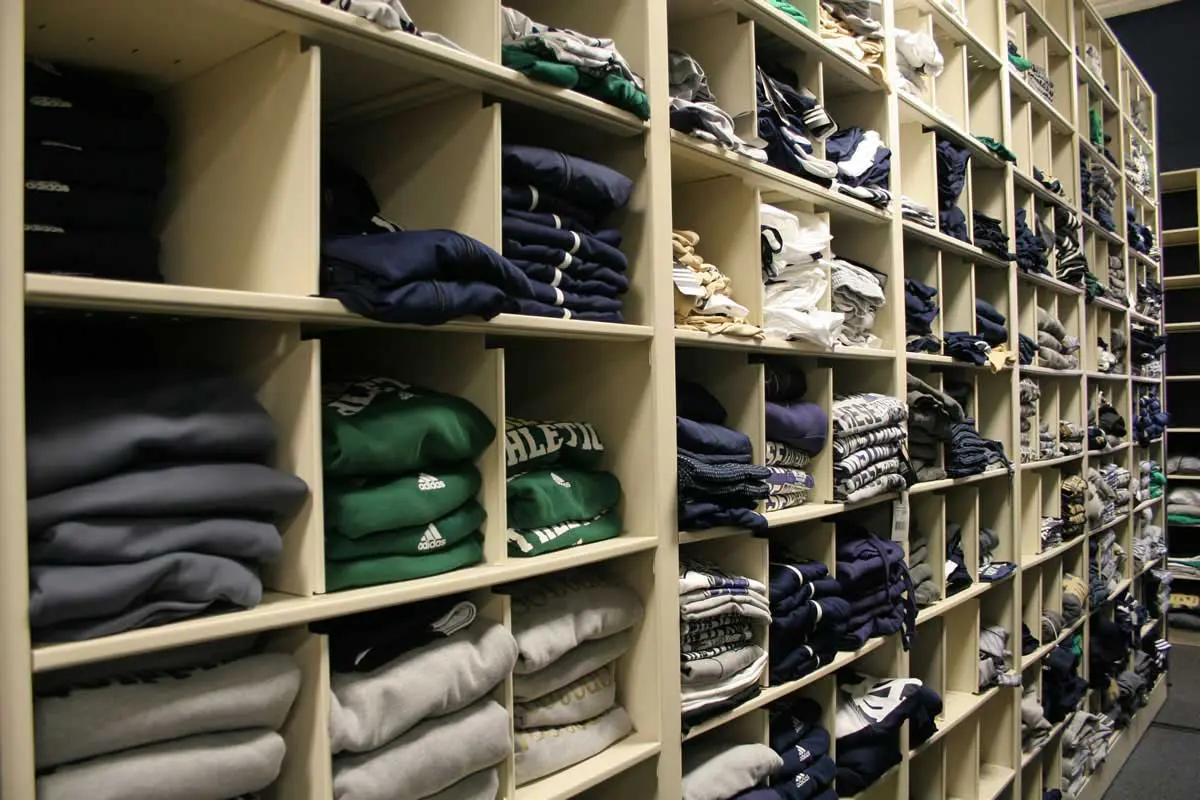
When you step into a museum, you’re often greeted by a breathtaking array of artifacts, artwork, and historical pieces. The museum’s layout and organization play a significant role in your overall experience. Wide span shelving, an often-underappreciated component of museum design, plays a crucial role in creating spacious and impressive exhibits. In this blog post, we’ll explore the world of wide span shelving and how it can help curators make the most of their museum spaces.
The Importance of Space in Museums
Museums are more than just buildings housing collections of artifacts. They are spaces of education, inspiration, and preservation. To fulfill these roles effectively, museums need ample space to exhibit their treasures. Space is vital for several reasons:
Display: A well-designed exhibition space allows curators to showcase items effectively. The placement and arrangement of artifacts can impact how visitors perceive and understand their significance.
Accessibility: Visitors must be able to move freely throughout the museum. Space is essential for creating clear pathways, ensuring that everyone can access and enjoy the exhibits comfortably.
Preservation: Adequate space is crucial for preserving the items on display. Proper spacing between artifacts helps maintain their condition by preventing accidental damage and ensuring a controlled environment.
Enter Wide Span Shelving
Wide span shelving, also known as industrial shelving or long-span shelving, is a versatile storage solution that can significantly enhance a museum’s exhibition capabilities. These shelves are characterized by their sturdiness and ability to support heavy loads, making them ideal for storing a wide range of museum objects, from sculptures to books to archival documents.
Benefits of Wide Span Shelving in Museums
Maximizing Vertical Space: Museums often have high ceilings, and wide span shelving takes full advantage of this vertical space. By stacking shelves upwards, it allows for more efficient storage without sacrificing floor space.
Customizable Design: Wide span shelving can be tailored to fit the specific needs of a museum’s collection. Shelves can be adjusted in height and width, and accessories like dividers and bins can be added to accommodate various types of artifacts.
Easy Accessibility: The open design of wide span shelving makes it easy for museum staff to access and retrieve items. This is particularly important for curators and conservators who need to work with the collection regularly.
Durability: Museum collections are meant to last for generations. Wide span shelving is constructed to be robust and long-lasting, ensuring that it can support the weight of valuable artifacts over time.
Aesthetic Considerations: While wide span shelving is primarily functional, it can also be designed to blend seamlessly with the museum’s aesthetic. Custom finishes and colors can be applied to match the overall design of the exhibition space.
Where Wide Span Shelving Fits In
Wide span shelving can be integrated into various areas of a museum to enhance its functionality and appearance.
Exhibition Galleries
In the exhibition galleries themselves, wide span shelving can be used to house items that are not currently on display. Curators can easily rotate pieces in and out of the exhibit, ensuring that visitors always have something new to see.
Storage Rooms
Behind the scenes, in storage rooms, wide span shelving becomes an essential tool for maintaining a museum’s collection. It helps keep artifacts organized, accessible, and protected. Additionally, the shelves can be labeled and cataloged for efficient tracking of inventory.
Research and Conservation Areas
In research and conservation areas, wide span shelving provides a secure environment for studying and preserving artifacts. These shelves can be equipped with locking mechanisms to restrict access when necessary, safeguarding delicate or valuable items.
Archives and Libraries
Museum archives and libraries house a wealth of information, from historical documents to rare books. Wide span shelving optimizes storage space for these collections, allowing researchers and historians easy access to valuable resources.
Tips for Using Wide Span Shelving Effectively
To make the most of wide span shelving in a museum setting, consider the following tips:
Plan Ahead: Before purchasing wide span shelving, carefully assess your museum’s needs. Determine the types of items you’ll be storing and the available space. This planning phase will help you select the right shelving configuration.
Prioritize Conservation: When storing delicate artifacts, use acid-free materials and climate-controlled environments. Wide span shelving can be customized with appropriate accessories to ensure the preservation of items.
Implement a Cataloging System: Keep a detailed record of what’s stored on each shelf. This information is invaluable for locating specific items quickly and efficiently.
Regular Maintenance: Inspect wide span shelving regularly to ensure it remains in good condition. Replace any damaged components promptly to prevent accidents or deterioration of stored items.
Staff Training: Train museum staff in proper handling and storage techniques to minimize the risk of damage to the collection.
FAQ
How can wide span shelving benefit smaller museums with limited space?
Wide span shelving is highly adaptable and can be customized to fit even small museum spaces efficiently. It allows for the vertical utilization of space, which can be especially helpful when floor space is limited.
Are there any security concerns with open shelving in museums?
While wide span shelving is open, it can be equipped with security measures like locks and access controls. Additionally, placing valuable items on higher shelves can deter unauthorized handling.
Can wide span shelving be used for temporary exhibitions?
Yes, wide span shelving is a versatile solution that can be used to store items for temporary exhibitions. Curators can easily access stored items and rotate them into the exhibit as needed.
What materials should be avoided when constructing wide span shelving for museums?
Avoid materials that could off-gas harmful chemicals, such as certain types of particleboard or MDF (medium-density fiberboard). Opt for materials that meet conservation standards.
How can wide span shelving contribute to better museum organization and inventory management?
Wide span shelving allows for clear categorization and labeling of items, making it easier to track inventory. It also provides efficient access for staff during routine inventory checks.
Conclusion
Wide span shelving is an invaluable tool for curators and museum professionals looking to optimize space and enhance the organization of their collections. Its flexibility, durability, and customization options make it a wise choice for museums of all sizes, ensuring that the treasures they house can be appreciated by generations to come.



